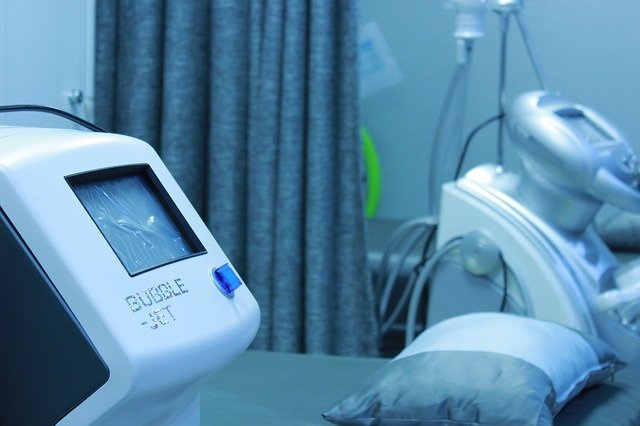The phenomenon of pain is as old as man himself. Since time immemorial man has been aware of his senses and has always sought a way to remedy feelings of discomfort or unpleasantness. From the days of physical massaging of affected parts to the days of learning about the analgesic power of leaves, seeking a remedy to pain has always been one of the major quests of man.
Today, developments in science and technology have somewhat made this quest easier. Attempts have been made to classify pain and understand the pathophysiology, in a bid to find effective remedies. While much success has been recorded, there are still many individuals whose suffering science hasn’t been able to alleviate. Acute and chronic pain of varying natures still reduces the quality of lives of many, and science is not resting on its oars in order to discover more effective and possibly permanent solutions. Here are some of the new techniques and remedies in the management of pain.
Hypnosis
Perhaps the most revolutionary discovery in the field of pain management is that all signals converge in the brain before they are transferred to the sensory site by efferent neurons. Thus, by influencing where the signals are coming from, it is possible to reduce or completely eliminate sensations of pain. Simply put, hypnosis can be defined as an induction, followed by a suggestion or set of suggestions. While this method of pain management has been around for quite a while, rising interests were recorded when scientific evidence presented that hypnosis had an effect on the centers in the brain that are responsible for pain perception. Research into the field has grown widely and hypnotherapy is a real source of hope especially for individuals suffering from chronic pain.
During clinical hypnotherapy, a relaxed state is induced in the individual, followed by suggestions that help reduce the severity or intensity of the pain. Research and clinical evidence prove that the therapy gave rise to reduced activities in the pain centers in the CNS. Hypnotherapy can also be used for managing acute pain and pain arising from burns, rheumatoid arthritis, cancer, and some other conditions.
The Integrative approach
Some researchers have propounded that one of the greatest barriers to effective pain management is ‘treating the pain without treating the individual.’ This school of thought emphasizes on not only the disease state responsible for the pain but also the physical, environmental and lifestyle factors that may have an influence on the patient’s wellness. The integrative approach relies on a healthcare team with various professionals, who have unique roles to play in ensuring the overall well-being of the patient. The approach advocates the use of non-pharmacological interventions such as cognitive behavioral therapy, massage, physical therapy etc. while this approach is not against the use of drugs, it focuses on teaching patients that the drugs alone are never enough to make them pain-free, but lifestyle choices and other interventions are also necessary. The integrative approach has proven particularly useful for individuals suffering from chronic diseases such as gout, cancer etc.
Radiofrequency Ablation (RFA)
This treatment specifically targets the nerves that are responsible for conveying signals of pain to the brain. It involves literally killing the nerve and preventing it from sending the signals. This is a specialized technique and although it has proven beneficial in managing conditions such as neuropathy and arthritis, it should only be carried out by professional if the desired effect is to be achieved. He technique could keep the patient pain free for about 8 months, after which another round of the procedure may be needed.
Targeted deliveries
Also known as pain shots, targeted deliveries in pain management deliver the analgesic medications to the exact spot where they are needed in the body. The cocktail is usually a combination of steroids and painkillers, to achieve the dual effect of relieving pain and reducing inflammation. This method holds a lot of promise because the targeted delivery ensures that lesser dose of the pain medications is needed to ease the pain, translating to fewer side effects. Pain shots may be delivered to muscles, the spinal column, nerve root etc.
It is widely agreed in the scientific community that total elimination of pain is a dream that should not even be conceived. This is because of the understanding that pain plays an important role in protecting the body (individuals suffering from CIP would come to mind here). Much work, though, still needs to be done in improving the quality of life of sufferers, for not many things are as capable of accelerating the aging process as pain.
References
- https://familymedicine.med.uky.edu/news/integrative-approach-chronic-pain-management-gives-new-hope-patients
- https://www.webmd.com/pain-management/features/chronic-pain-relief-new-treatments#1
- https://familymedicine.med.uky.edu/news/integrative-approach-chronic-pain-management-gives-new-hope-patients
- https://journals.lww.com/pain/Citation/2009/12050/Hypnosis_for_chronic_pain_management__A_new_hope.6.aspx








